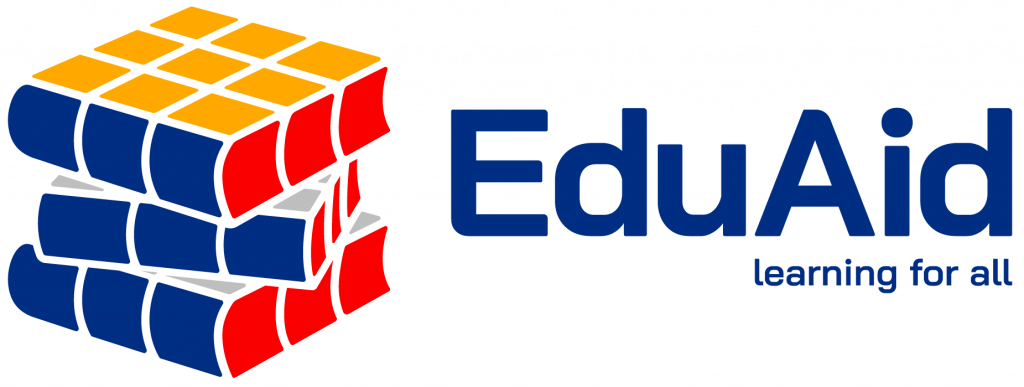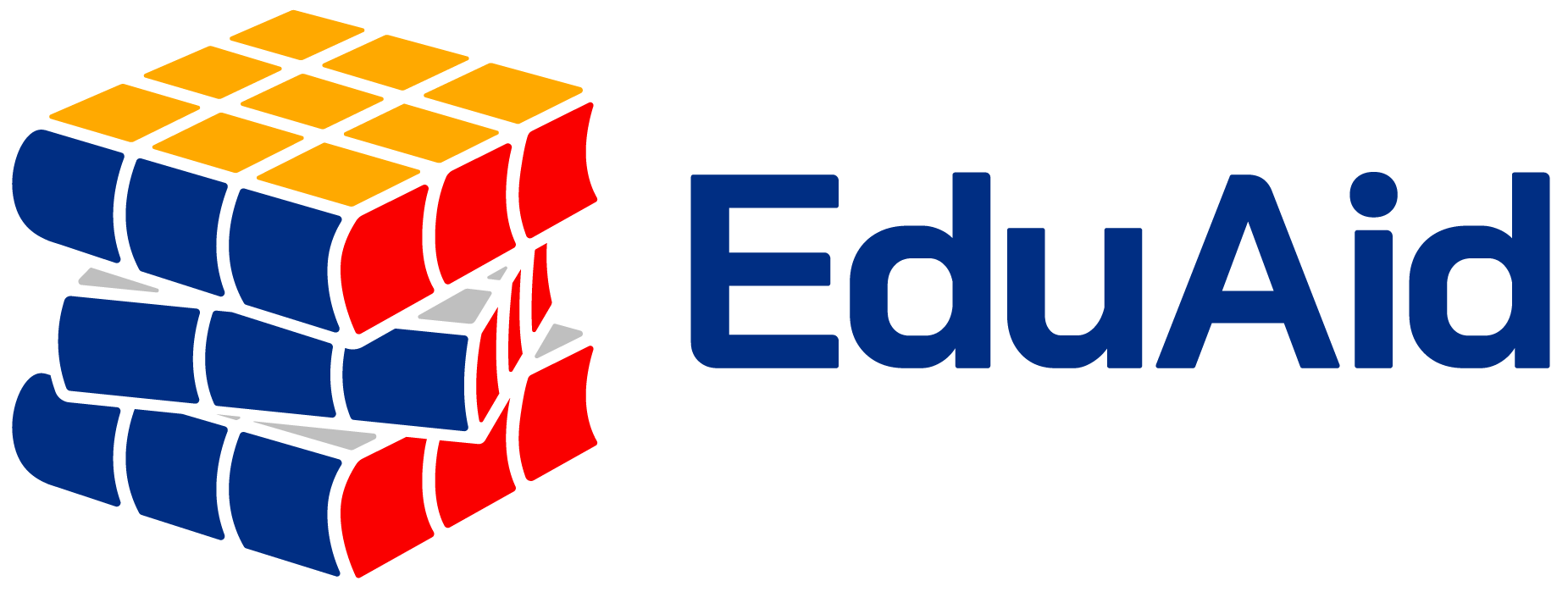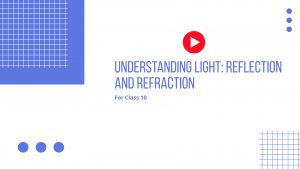NCERT Solutions for Social Civics Class 10 Chapter 2
NCERT Solutions for Class 10
Social Science (Civics)
Chapter 2– Federalism
1. Locate the following States on a blank outline political map of India:
Manipur, Sikkim, Chhattisgarh and Goa
Answer:

2. Identify and shade three federal countries (other than India) on a blank outline political map of the world.
Answer:
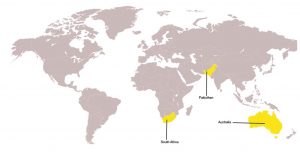
3. Point out one feature in the practice of federalism in India that is similar to and one feature that is different from that of Belgium.
Answer: Similarity: In both the countries, the central government shares its powers with the regional governments.
Difference: Along with the central and state government, Belgium also has a community government.
4. What is the main difference between a federal form of government and a unitary one?
Answer: In the Federal form of government, power is shared between the Central government and the other constituent units of the country. Like in India, the power is shared between the Central and the State governments.
The unitary form of government provides power to only one government. Like in Sri Lanka, all the power has been given to the national government.
5. State any two differences between the local government before and after the constitutional amendment in 1992.
Answer:
Local governments before 1992-
• State controlled the elections, and they were held irregularly.
• No power or resources were given to local governments.
Local governments after 1992-
• Elections are conducted regularly by an independent State Election Commission.
• Some powers and revenue is shared with local government bodies by the State governments.
6. Fill in the blanks:
Since the United States is a ____________________ type of federation, all the constituent States have equal powers and States are _______________ vis-à-vis the federal government. But India is a _________________ type of federation and some States have more power than others. In India, the ___________________ government has more powers.
Answer: Since the United States is a coming together type of federation, all the constituent States have equal powers and States are strong vis-à-vis the federal government. But India is a holding together type of federation and some States have more power than others. In India, the Central government has more powers.
7. Here are three reactions to the language policy followed in India. Give an argument and an example to support any of these positions.
Sangeeta: The policy of accommodation has strengthened national unity.
Arman: Language-based States have divided us by making everyone conscious of their language.
Harish: This policy has only helped to consolidate the dominance of English over all other languages.
Answer: I concur with Sangeeta’s reaction. Had the policy of accommodation not been followed and the states not been created on linguistic basis, India would have suffered further partition.
For example, if Hindi would have been declared as the national language, the south would have broken away from the north and have become an independent nation
8. The distinguishing feature of a federal government is:
(a) The National government gives some powers to the provincial governments.
(b) Power is distributed among the legislature, executive and judiciary.
(c) Elected officials exercise supreme power in the government.
(d) Governmental power is divided between different levels of government.
Answer: (d) Governmental power is divided between different levels of government.
9. A few subjects in various Lists of the Indian Constitution are given here. Group them under the Union, State and Concurrent Lists as provided in the table below.
A. Defence
B. Police
C. Agriculture
D. Education
E. Banking
F. Forests
G. Communications
H. Trade
I. Marriages
| Union List | |
| State List | |
| Concurrent List |
Answer:
| Union List | Defence, Banking, Communications |
| State List | Police, Agriculture, Trade |
| Concurrent List | Education, Forests, Marriages |
10. Examine the following pairs that give the level of government in India and the powers of the government at that level to make laws on the subjects mentioned against each. Which of the following pairs is not correctly matched?
| (a) State government | State List |
| (b) Central government | Union List |
| (c) Central and State government | Concurrent List |
Answer: (d) Local governments – Residuary powers
11. Match List I with List II and select the correct answer using the codes given below the lists:
| List I | List II |
| 1. Union of India | A. Prime Minister |
| 2. State | B. Sapanch |
| 3. Municipal Corporation | C. Governor |
| 4. Gram Panchayat | D. Mayor |
| 1 | 2 | 3 | 4 | |
| (a) | D | A | B | C |
| (b) | B | C | D | A |
| (c) | A | C | D | B |
| (d) | C | D | A | B |
Answer: (c) A-1, C-2, D-3, B-4
12. Consider the following statements.
A. In a federation the powers of the federal and provincial governments are clearly demarcated.
B. India is a federation because the powers of the Union and State Governments are specified in the Constitution and they have exclusive jurisdiction on their respective subjects.
C. Sri Lanka is a federation because the country is divided into provinces.
D. India is no longer a federation because some powers of the states have been devolved to the local government bodies.
Which of the statements given above are correct?
(a) A, B and C
(b) A, C and D
(c) A and B only
(d) B and C only
Answer: (c) A and B only
Study materials
- Refernce Books
- NCERT Solutions
- Syllabus
